Winch vs Hoist: Key Differences, Applications, and How to Choose the Right Lifting Equipment
Date: 2025-02-20 Share:
Introduction: Understanding Winches and Hoists
Hoists and winches are both heavy equipment in lifting and pulling heavy weights. Although they perform the same operation, most people confuse them with each other due to their shared operations. However, one needs to distinguish between a winch and a hoist for safety, efficiency, and optimal performance in any industrial process. Whether you are building, producing, or even naval operations, the right equipment is the determinant of successful operation.
Here we are going to explain definitions, major differences, applications, and care of both hoists and winches so that you are able to make a good informed decision when buying the best tool for your specific needs.
What is a Crane Winch?

A crane winch is a type of specialized equipment for pulling loads on the horizontal axis. It comes with a drum or a spool on which a cable or rope is coiled. Winch motor is either hydraulic, electric, or manual, based on application. Winches possess the pulling capability, and thus are well-suited for such applications as car pulling, heavy machinery pulling, and even loading material in restricted spaces.
Components of a Winch
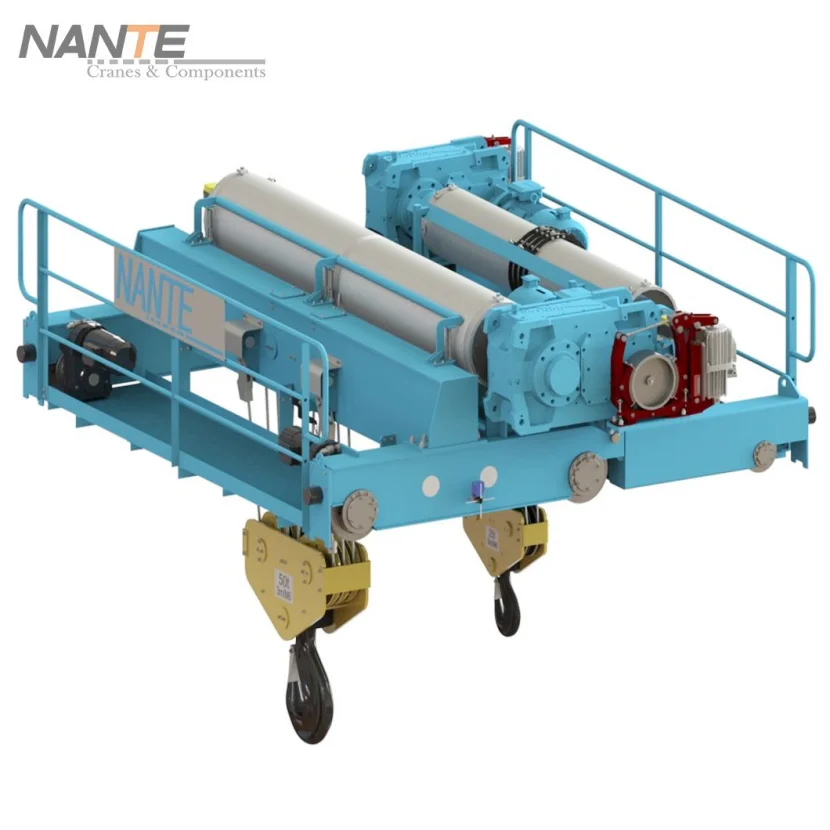
Cable or Rope:The principal component wound on the drum to pull or let go of loads.
Drum or Spool: The rotational component where the cable or rope is fitted.
Motor: Powers the rotational motion of the drum, providing the necessary power to move the load.
Control System: Used in controlling and monitoring the operation of the winch.
Applications of Crane Winches
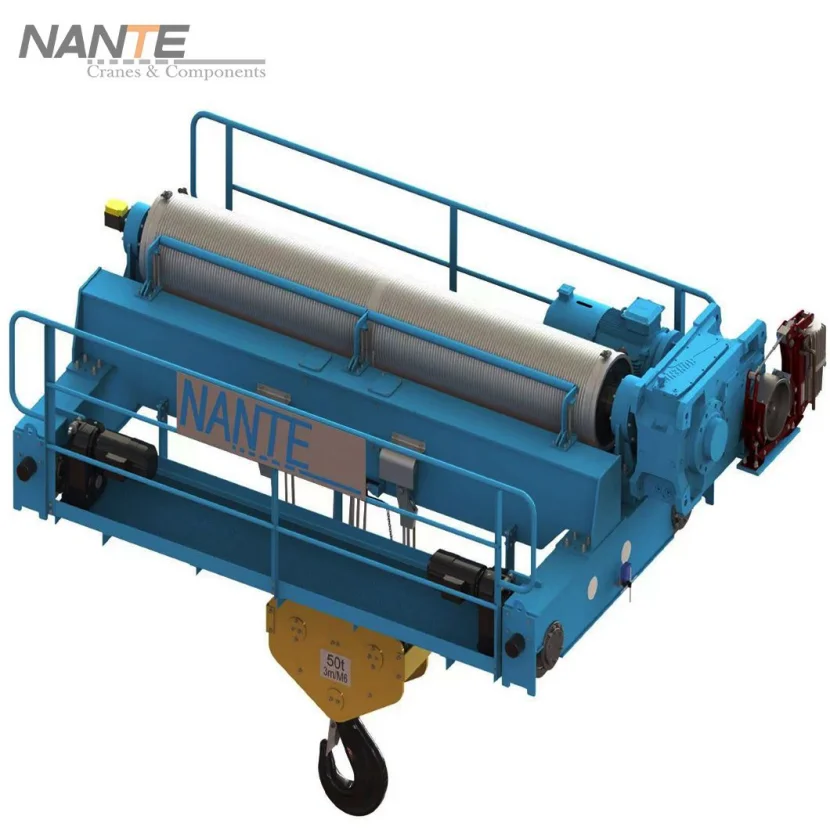
Car towing crane winch: Best suited for winching cars across uneven ground.
Heavy equipment winch:Used on a factory or building site to transport heavy, oversized equipment.
Marine winch: Used in off-shore drilling, anchoring, or the transfer of heavy loads on vessels.
What is a Hoist?
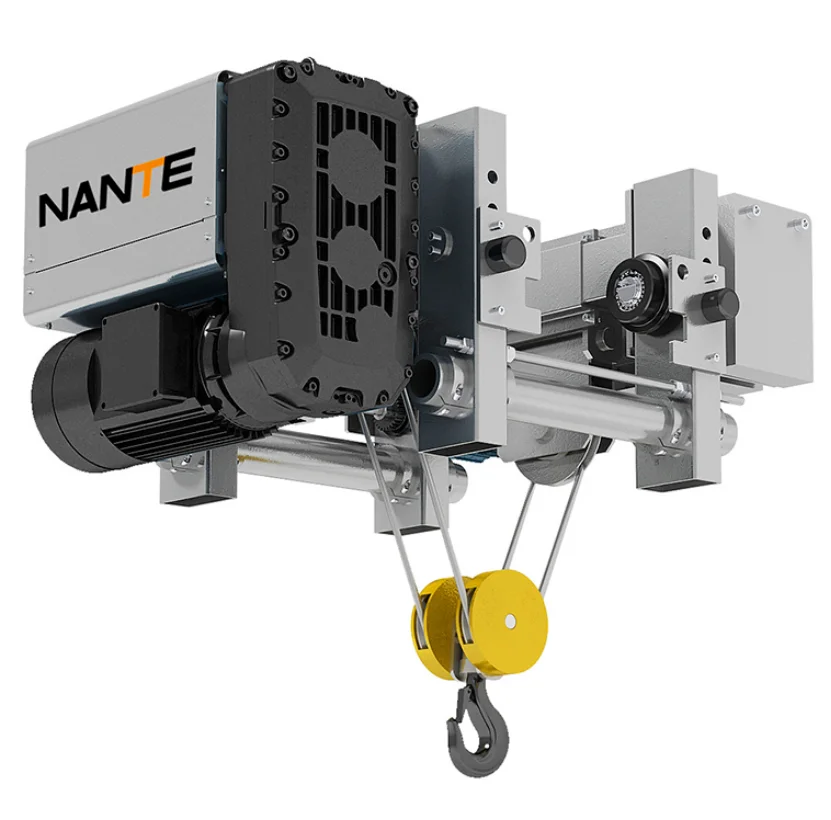
A hoist crane, nevertheless, is used to lift loads in a vertical direction. The machine makes use of a wire rope or chain wrapped around a lift wheel or drum to hoist or lower heavy loads. Hoists are used primarily at building sites, factories, and warehouses where vertical accuracy lifting is necessary in an effort to gain efficiency and safety.
Parts of a Hoist
Chain or Wire Rope: Used to hoist heavy loads up and down vertically.
Lift Wheel or Drum: Machine in which rope or chain is wound around it.
Motor of Lifting: Used to propel lifting or descending of load.
Control Panel: Gaining smoothness and security of operation while hoisting.
Use of Crane Hoists
Crane hoist used at a building site: Usable for raising construction material such as steel columns or concrete slab.
Hoist for manufacturing plants:To hoist equipment or parts in assembly plants or heavy-manufacturing plants.
Hoist for material handling:Usually used in warehouses for simple loading and unloading of material.
Key Differences Between Hoists and Winches
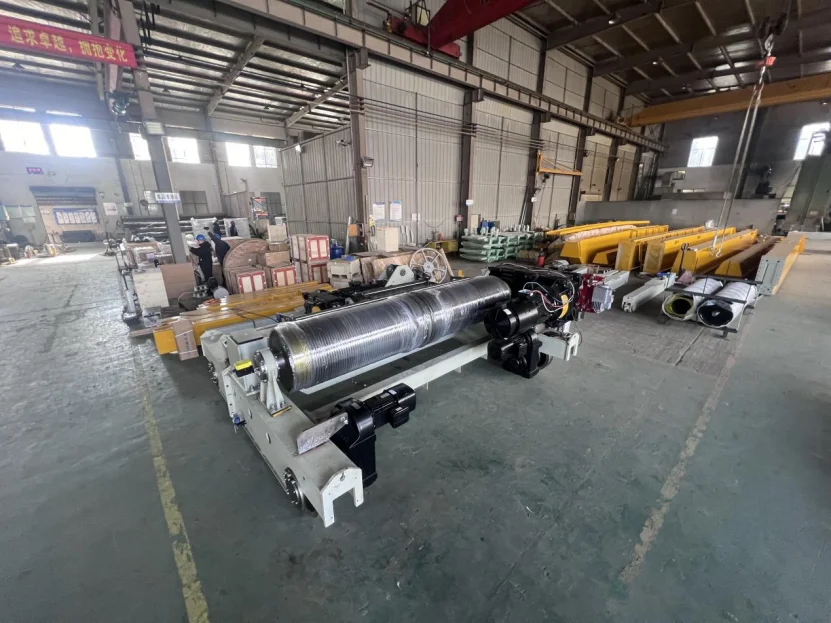
Purpose and Application
The simplest difference is the purpose:
Hoists are employed to lift heavy loads vertically, e.g., material or equipment, and are usually stationary in position like cranes or gantries.
Horizontal pulling is done by winches, i.e., cars are drawn, heavy machinery is towed, and heavy industrial loads.
Mechanism and Design
Sheave or reel mechanism is used by hoists to wind the rope or chain in a vertical manner for the lifting of loads.
Spools or drums of winches are utilized to wind the rope horizontally to produce smooth pulling action.
Load Capacity and Lifting Speed
Hoists typically manage more massive loads and fluctuating lifting speeds for finer control of vertical travel.
Winches typically manage light to medium loads with steady pulling speed for horizontal travel.
Mobility and Flexibility
Hoists are typically stationary on stable objects, providing a secure lifting arrangement but minimal mobility.
Winches are typically mobile, and the ease of mounting them on wheels or motorized conveyances provides maximum flexibility for horizontal applications.
Braking Systems
Hoists utilize mechanical brakes designed to sustain vertical loads, at times supplemented by supplementary load limiters for safeguarding.
Winches utilize dynamic brakes, optimized to sustain horizontal rolling loads but not vertical lift except with some design modifications.
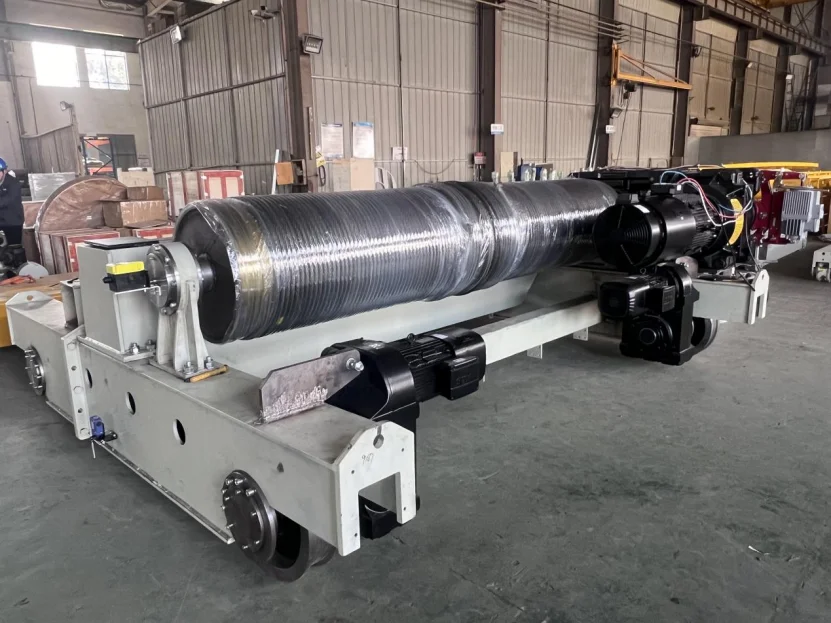
Is a Winch an Alternative to a Hoist?
Although both hoists and winches are used in heavy lifting, they are designed for various types of operations. Generally, a winch cannot be replaced with a hoist in vertical lifting. This is because winches have dynamic brakes, which are not suitable for vertical load lifting conditions. Hoists have mechanical brakes that can lock vertical loads.
All that considered, there are some winches that are capable of serving both as winches and hoists, and these are quite adaptable in uses. A case in point is the NWA open winch produced by Nante Crane that may be employed in horizontal lifting as well as vertical lifting depending on winch specification and design.
Making a Choice Between a Winch and a Hoist
There are a few things to be remembered when choosing between a hoist and a winch:
1. Load Weight and Size
For heavy vertical lifting, a hoist is your ideal choice.
For horizontal pulling or light vertical lifting, a winch is the ideal choice.
2. Environment and Space
Hoists need sufficient vertical clearance.
Winches are more convenient, as they can be utilized in cramped or narrow spaces where horizontal movement is required.
3. Control and Safety
Hoists offer greater control over vertical motions, which is necessary in areas where load stability is crucial.
Winches are safe to use horizontally for pulling but might lack similar control for vertical use.
4. Maintenance and Cost
Consider initial equipment cost, including maintenance requirements. Winches are low maintenance and cheap in comparison to hoists and are therefore suitable for light tasks.
Increased inspection of hoists may be required, especially their brakes, hooks, and chain ropes.
Procedure Guidelines in Making Winches and Hoists Safe
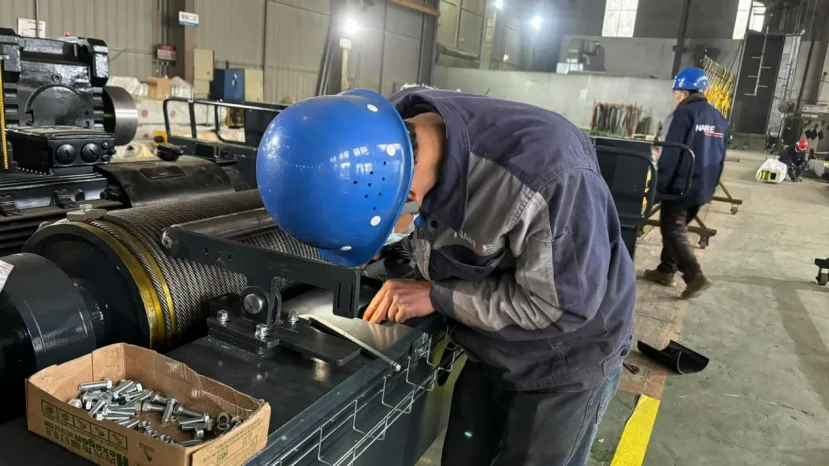
Maintaining them in good condition will be an important role in correct hoist and winch usage. Regular examination will give long-term safety and performance.
For Winches
Cleaning:Clean the winch regularly to avoid dust and debris accumulation.
Battery Care:Keep the battery properly maintained, especially for electric winches.
Lubrication:Keep the rope or cable well lubricated to avoid friction and wear.
For Hoists:
Check Hooks, Ropes, and Brakes: For wear and tear.
Rope Condition:To check frayed or kinked ropes and replace in that case.
Brake Maintenance: Check that mechanical brakes are in good working condition.
Conclusion: Right Tool for the Job
In short, hoists and winches both serve to lift heavy loads but to serve their purposes and have their own nature. Hoists function best to lift vertically, precisely and safely, while winches function best to pull horizontally under dynamic conditions.
If you are planning to invest in a crane winch or crane hoist for your business, Nante Crane offers better crane winches and hoists that are secure and tailored for your purpose. Our NHA high-security overhead gantry cranes electric hoists and our NWA open winches provide maximum performance aerospace, automotive, and manufacturing application.
Need more information? Contact us today or explore our complete range of lifting solutions to find the perfect solution for your industrial applications.
 English
English






